
Understanding the Importance of Oral Hygiene
Oral hygiene is essential for maintaining healthy teeth and gums, preventing dental problems, and promoting overall well-being. Good oral care habits not only reduce the risk of cavities and gum disease but also impact your general health by lowering the chance of infections and chronic diseases linked to poor oral health. In the United States, millions of people suffer from preventable dental issues, emphasizing why learning how to oral hygiene properly is crucial for everyone.
From children to adults, practicing effective oral hygiene can improve confidence, freshen breath, and reduce costly dental treatments over time. However, the basics are often misunderstood or neglected, which leads to common problems like plaque buildup and bad breath.
1. Brushing Techniques and Frequency
1.1 Choosing the Right Toothbrush and Toothpaste
A soft-bristled toothbrush is generally recommended to prevent damage to gums and enamel. Electric toothbrushes have also become popular for their ability to clean more thoroughly and encourage proper brushing time. Selecting toothpaste with fluoride is important as fluoride strengthens tooth enamel and helps prevent decay.
1.2 Proper Brushing Method
When brushing, hold the brush at a 45-degree angle to your gums and use gentle circular motions to clean the front, back, and chewing surfaces of each tooth. Avoid harsh scrubbing which can irritate gums. Brushing should last for two minutes twice daily — morning and night — to effectively remove plaque and food debris.
1.3 Replacing Your Toothbrush
Replacing your toothbrush every three to four months, or sooner if bristles become frayed, is necessary to maintain cleaning efficiency and reduce bacteria buildup.
2. The Critical Role of Flossing
2.1 Why Flossing Matters
Flossing reaches areas between teeth where toothbrushes cannot, removing plaque and trapped food that cause cavities and gum inflammation. Regular flossing also reduces the risk of periodontal disease, which affects the gums and bone supporting teeth.
2.2 How to Floss Correctly
Use about 18 inches of floss, winding most around your middle fingers and holding it taut between thumbs and forefingers. Gently slide the floss between teeth, curving it around each tooth and moving up and down beneath the gum line. Avoid snapping the floss as it can damage gum tissue.
2.3 Alternatives for Flossing
If traditional flossing is difficult, consider interdental brushes, water flossers, or floss picks to maintain interdental hygiene.
3. Mouthwash and Its Benefits
Mouthwash can be an effective adjunct to brushing and flossing. Antimicrobial or fluoride-containing rinses help reduce bacteria, freshen breath, and strengthen enamel. However, mouthwash is not a substitute for mechanical cleaning but rather a complement.
4. Diet and Lifestyle Impact on Oral Health
4.1 Foods to Avoid
High-sugar and acidic foods contribute to tooth decay and enamel erosion. Frequent snacking on sugary snacks or sipping sweetened beverages creates an acidic environment that damages teeth.
4.2 Foods That Promote Oral Health
Crunchy fruits and vegetables like apples and carrots stimulate saliva production, which naturally cleanses the mouth. Dairy products provide calcium to strengthen teeth.
4.3 Habits That Harm Your Oral Health
Smoking and excessive alcohol consumption can lead to gum disease, oral cancer, and tooth discoloration. Quitting these habits improves oral and overall health.
5. Regular Dental Visits and Professional Care
Visiting a dentist every six months for professional cleaning and checkups is vital. Dentists can detect early signs of decay, gum disease, or other issues not visible to the untrained eye. They also offer personalized advice on improving your oral hygiene routine.
6. Real-Life Experience: The Transformation Story of Sarah
Sarah, a 35-year-old teacher, struggled with persistent bad breath and inflamed gums despite brushing twice daily. After visiting her dentist and receiving guidance on proper flossing and dietary changes, Sarah’s oral health improved dramatically within months. Her story highlights how education and consistent practice can transform oral hygiene and boost confidence.
7. Technology and Tools to Enhance Oral Hygiene
Modern advancements like electric toothbrushes with timers, water flossers, and smart oral care apps help users maintain proper technique and motivation. These tools provide feedback and reminders, making oral hygiene easier and more effective.
8. How Dentistry Toothtruth Can Help
For those seeking expert advice and quality dental care products to maintain excellent oral hygiene, Dentistry Toothtruth offers trusted resources and service recommendations tailored for your unique needs. Whether you need professional consultations or guidance on the best oral care tools, Dentistry Toothtruth is your partner in achieving a healthy, beautiful smile.

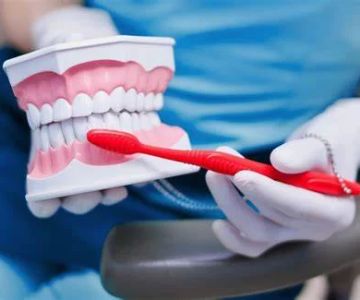
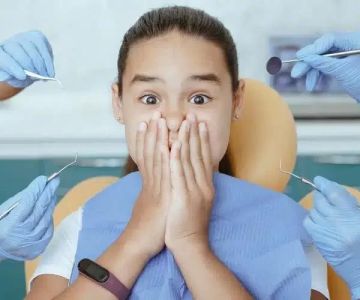

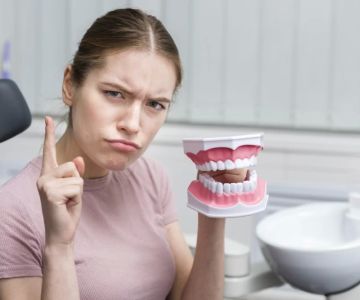
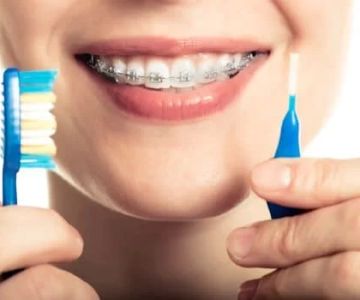
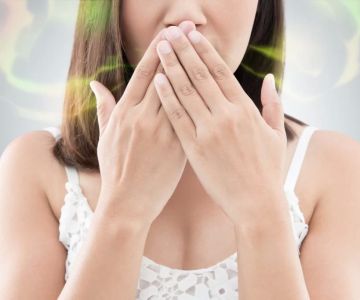
 Westgate Dental Arts3.0 (2 review)
Westgate Dental Arts3.0 (2 review) Coventry Family Dental4.0 (247 review)
Coventry Family Dental4.0 (247 review) Familia Dental3.0 (1028 review)
Familia Dental3.0 (1028 review) Dr. Daniel S. Fife, DDS4.0 (31 review)
Dr. Daniel S. Fife, DDS4.0 (31 review) Dentistry At Suburban Square: Michael I. Wollock, DMD4.0 (1228 review)
Dentistry At Suburban Square: Michael I. Wollock, DMD4.0 (1228 review) Comfort Care Dental4.0 (1156 review)
Comfort Care Dental4.0 (1156 review) The Importance of Oral Health Education During Pregnancy for a Healthy Pregnancy
The Importance of Oral Health Education During Pregnancy for a Healthy Pregnancy Best Tips for Brushing Your Teeth Properly for Healthy Gums: Essential Techniques for Oral Health
Best Tips for Brushing Your Teeth Properly for Healthy Gums: Essential Techniques for Oral Health Why Skipping Dental Checkups Can Lead to Bigger Oral Health Problems
Why Skipping Dental Checkups Can Lead to Bigger Oral Health Problems Advantages of Porcelain Dental Restorations
Advantages of Porcelain Dental Restorations How Can Diabetes Cause Tooth and Gum Problems? Preventing and Managing Oral Health Issues
How Can Diabetes Cause Tooth and Gum Problems? Preventing and Managing Oral Health Issues Healthy Habits for Promoting Good Oral Health and Hygiene: Tips for a Healthy Smile
Healthy Habits for Promoting Good Oral Health and Hygiene: Tips for a Healthy Smile